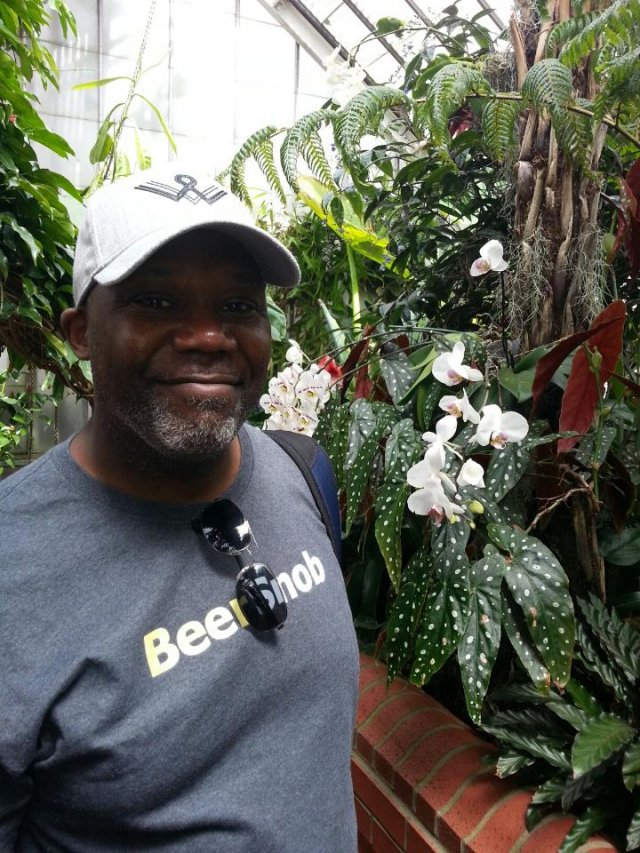Meet EPA Engineer Jonathan Essoka
As a Superfund and Technology Liaison, EPA environmental engineer Jonathan Essoka provides technical support to EPA regional offices and superfund sites. He also works to expand the use of EPA’s scientific tools and promote engagement of regional employees in scientific projects.

Meet EPA engineer Jonathan Essoka!
What do you like most about providing scientific and technical support?

I really enjoy satisfying remedial project manager’s technical needs on a project. Understanding an issue, making the connection to EPA’s Office of Research and Development (ORD), and eventually filling the scientific or technical knowledge gap is very fulfilling. It’s great to help people and see the tangible outcomes by providing assistance to others.
When did you first know you wanted to be an engineer?
I’ve always enjoyed science and math. The first inkling that I wanted to work in the environmental engineering/science field came during undergrad, when I took a graduate course entitled Natural Resources and the Environment. It was the first time I had heard about and begun to understand the environment’s scope of influence on our lives. I wanted to learn more! It spurred me to seriously consider pursuing an environmental career, in whatever scientific capacity.
Tell us about your background.
I’m an engineer and scientist by training, but only a scientist by preference. I earned my Bachelor of Science in Electrical Engineering degree from the University of Pennsylvania, a Master of Science in Environmental Engineering degree from Tulane University and finally a Doctor of Philosophy in Environmental Science degree from Drexel University. Before coming to EPA, I briefly worked as an environmental consultant on wastewater treatment plant design and as an application engineer designing water treatment plant chemical feed control equipment.
Any advice for students considering a career in science or engineering?
Get in now! The U.S. needs scientists and engineers more than ever. Rates for STEM graduates are plummeting, which is opening opportunities for newly minted graduates to step in, work, and develop successful careers. Solving some of the biggest issues of the day need smart people with a scientific lens to tackle. Students moving into these fields will be the ones to do it.
What do you think the biggest scientific challenge is facing us in the next 20/50/100 years?
Scientific challenges abound, and while we usually think of them as “fixes” for particular problems, many of our most pervasive issues come from how we think about science itself. Over the next decades, we will have to better assess and decide upon how we want science to fit into our lives. Should we strive for more innovation or focus on extending research in established fields? Will we continue to steer science into technological fields or investigate how these technologies affect our society? How will science be perceived given our increased reliance on its products and less belief in its pitfalls? These are some of the questions that may define the role of science in our near future.

How did your time in college prepare you for your current role?

Between the academic rigor, learning to manage my time, learning how to think, being exposed to natural and social science and engineering, and working with research teams, my college career helped me as a Superfund and Technology Liaison to quickly understand scientific issues, relate them to others, and work with teams to create solutions. It also bred intellectual humility in me—having me realize how much I did NOT know in this world!
If you weren’t a scientist what would you be doing?
That’s easy—I’d be a caterer for small events and a professional beer taster.
If you could have any super power what would it be?
A mind reader.
If you could have any dinner with any researcher, past or present, who would you choose?
I would love to sit down for a delicious meal with King Ibrahim Mbouombouo Njoya of Bamum, a Cameroonian researcher and inventor who developed a script for his kingdom and developed many innovative devices.
Editor's Note: The opinions expressed herein are those of the researcher alone. EPA does not endorse the opinions or positions expressed.
